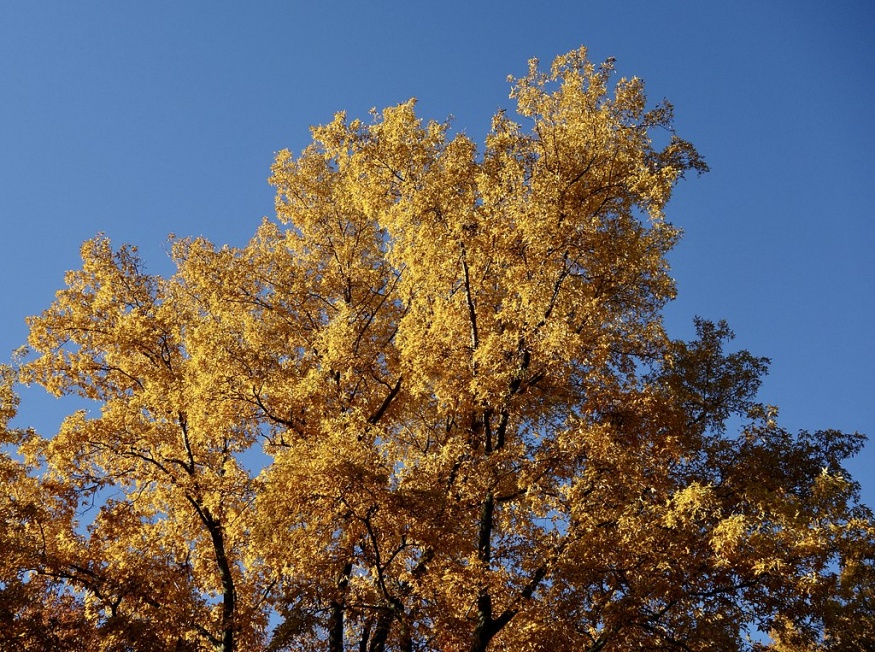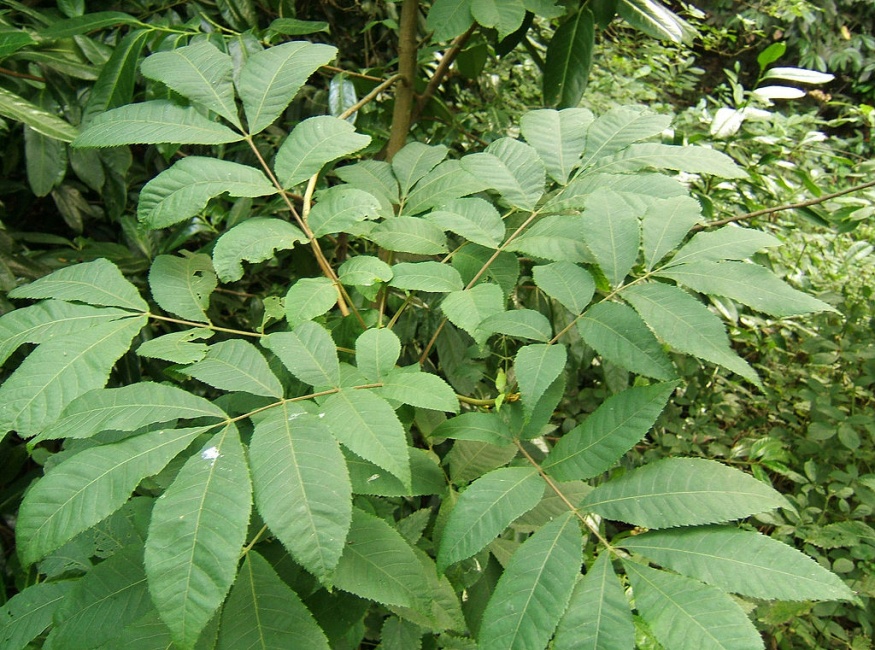Bitternut Hickory
_(37064132911)-335.jpg)
Other Names: swamp hickory
Family: Juglandaceae Native to: Eastern North America
Hardy to zone: 4
Natural habitat: swamps & bogs, understory, inner forests, hillsides & uplands, floodplains
Shapes: round, overarching
Height: 50-80ft
width: 40-50ft
Growth rate: slow
Unique attractions: fruit
Common uses: reforestation, landscaping, specimen, naturalized plantings
Light: full sun, partial shade
Transplanting: difficult
Soil: moist and fertile, well drained, tolerates heavy clay, tolerates wet feet, drought tolerant, ph adaptable, acid ph, dry, wet
Bitternut hickory is the most abundant and widespread of North American hickories reaching 1 to 2.5 ft in trunk diameter, and a height of 50 to 80 ft. Natively, it grows from southern Ontario to Quebec in Canada, and eastern to central parts of the United States. Bitternut hickory belongs to the 'pecan hickory' group and is Canada's only native member. As a good choice for large landscapes it unfortunately is less chosen as its considered difficult to transplant. These difficulties can, however, be overcome with proper nursery growing techniques.

Bitternut hickory tolerates many growing conditions including shade, alkalinity, and poor soil but is sensitive to salt. Ideally, it prefers rich, moist, acidic loam soil and full sun. Its habitat includes lowlands to higher elevations often in forests amongst other trees.
_(33645993543)-337.jpg)
The shape is round to overarching with delicate twigs. Bitternut can be Identified from other hickories by its distinctive yellow buds provide winter interest. Dark green compound leaves with 7 to 11 leaflets providing nice yellow colour in the fall. Bark is greenish grey and smooth when young becoming scaly with age.

The tree produces fruit when it reaches 25 to 30 years of age. Heavy productions of nuts subsequently occur every 3 to 5 years dropping late summer to Autumn. The fruit is round with a thin shell and four ridges enclosing a kernel. Nuts are bitter and inedible. Though they are eaten by wildlife, they are ignored until winter as a last resort for food.
Strong, hard wood of the bitternut hickory can be use for tool handles and sports equipment. It also burns brightly and leaves little ashes making it ideal for firewood. Bitternut is considered the best hickory when used for smoking meats.
References
The Arboretum - University of Guelph. Bitternut Hickory - Carya cordiformis. Retrieved from https://www.uoguelph.ca/arboretum/thingstosee/trees/bitternuthickory
Landscape Ontario Horticultural Association. (2013). Carya cordiformis spp. Bitternut Hickory, Swamp hickory. Retrieved from https://landscapeontario.com/carya-cordiformis-bitternut-hickory-swamp-hickory
The Morton Arboretum. (n.d.). Bitternut hickory. Retrieved from https://www.mortonarb.org/trees-plants/tree-plant-descriptions/bitternut-hickory
Tree Atlas - Ontario. (2020). Bitternut hickory. Retrieved from https://www.ontario.ca/page/bitternut-hickory